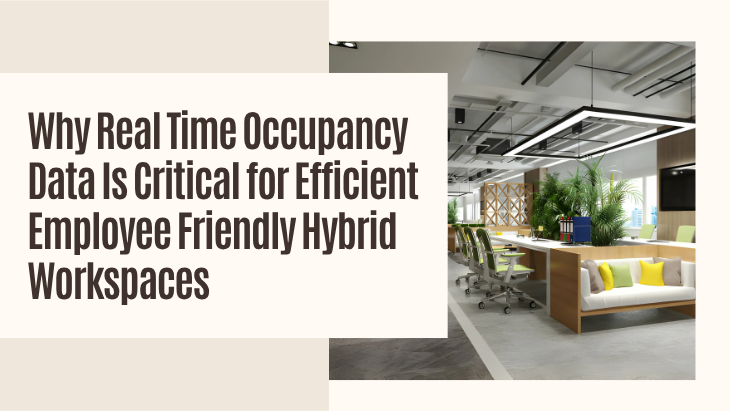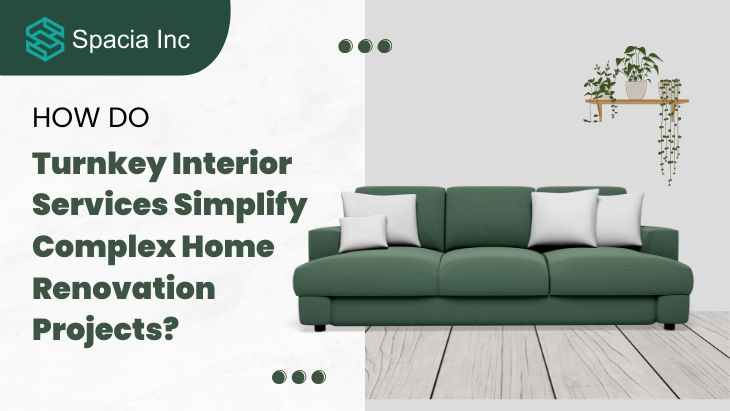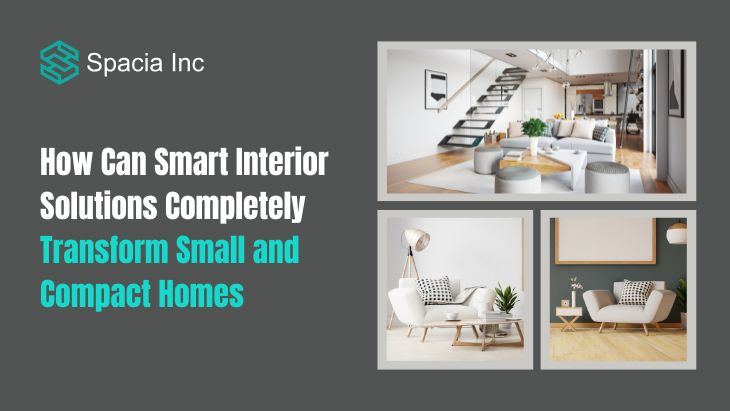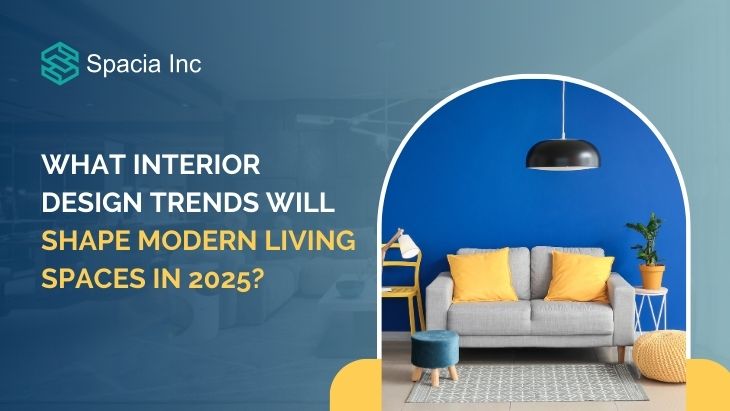The office has seen a transformation over the last few years, shifting away from the conventional office setup to hybrid setups that accommodate remote and in-office collaboration. Interior Design & Turnkey Solutions As companies attempt to optimize their physical space to be more efficient and human-centric, real-time space occupation data has become the game-changer. It is no longer sufficient to create a beautiful office; it needs to work dynamically and smartly. Companies that are investing in Interior Design & Turnkey Solutions today are also requiring technology-enabled insights to modify their spaces in real time depending on how workers are actually using them.
Knowing Real-Time Occupancy Data
Real-time data on occupancy is collected using sensors, IoT devices, and software monitoring the presence and movements of people in a workplace. This information provides guidance on areas most utilized, those least utilized, and the flow of people during the day. This is particularly vital in hybrid environments, where staff attendance is variable and conventional space planning becomes ineffective. Rather than making assumptions or scheduling rigidly, companies can now apply actual data to determine space use in real-time.
Increasing Space Optimization with Intelligent Planning
One of the greatest benefits of real-time occupancy data is enhanced space efficiency. Vacant meeting rooms, spare collaborative spaces, and congested hot-desking spaces all point towards inefficient space planning. With real-time usage data, organizations can redeploy or rearrange spaces according to actual behavior. This means cost savings on unnecessary real estate, improved resource management, and optimized floor planning. When coupled with experienced Interior Design & Turnkey Solutions, these findings assist in developing workplaces that are as efficient as they are fashionable.
Enhancing the Employee Experience
In the hybrid workplace model, employee engagement is directly related to the ability of the workspace to respond to their requirements. Real-time information allows companies to provide employees with what they require—where and when they require it. For instance, if statistics indicate a persistent lack of quiet spaces or heavy use of video conferencing pods, designers can act with timely adjustments. Such flexibility maximizes comfort, minimizes stress, and enhances productivity. Essentially, employees hear they have a voice, not merely being managed, which boosts morale and retention.
Optimizing Health Outcomes with Intelligent Occupancy Monitoring
Real-time occupancy information is also crucial in ensuring safe distances, avoiding overcrowding, and ensuring air quality by triggering facility teams when spaces are too crowded. Such analysis incorporated into Interior Design & Turnkey Solutions enables intelligent layout, enhanced ventilation zones, and touch-free entry-exit mechanisms. When workers feel their workplace is responsive and safe, they are more likely to return there with assurance and perform at their best.
Optimizing Real-Time Facility Management
Facility managers gain significantly from real-time occupancy information. Rather than performing manual checks or using static schedules, they can send cleaning, lighting, and HVAC services in real-time based on real-time demand. For example, unused meeting rooms throughout the day do not require cleaning, lighting, or air conditioning, which saves time and operating expenses. In the same way, supply replenishments and maintenance schedules can be scaled in line with usage patterns. This not only minimizes wastage but maximizes the sustainability of building operations as well.
Designing for Flexibility and Scalability
As companies expand and contract, their space requirements change. Real-time statistics on occupancy enable companies to be responsive when rearranging rooms, adding more collaborative areas or eliminating unused cubicles. This adaptability is a hallmark of contemporary Interior Design & Turnkey Solutions, which now involve more modular layouts and flexible furniture. With solid information at hand, the time it takes to make decisions on expansion, contraction, or change is reduced, and they are more informed.
Facilitating Data-Driven Design Choices
Architects and designers are currently collaborating with data analysts to design spaces that are actually data-driven. Instead of just depending on beauty or convention, real-time occupancy data enables tailored layouts based on a given company's work habits. High-traffic corridors can be rendered more ergonomic, lighting levels can be optimized according to daily usage patterns, and rest stations can be positioned where workers are likely to stop. These aspects bring workplace design from merely functional to naturally intelligent.
Creating Sustainable, Future-Ready Workspaces
Sustainability is no longer a nice-to-have add-on—it's a business necessity. Occupancy data in real-time serves to lower carbon footprints by limiting energy waste and unnecessary resource consumption. Combining such intelligent systems with Interior Design & Turnkey Solutions results in eco-friendly office spaces that further long-term sustainability objectives. From occupancy-adjusting LED lighting to climate control systems that adapt to actual usage, smart hybrid offices are green offices as well.
Conclusion
The changing nature of workspaces requires a fusion of form, function, and adaptability. Real-time space data is the foundation of this change, allowing businesses to design spaces that are efficient, adaptable, and intensely focused on the users of those spaces. Spacia Inc When combined with specialist Interior Design & Turnkey Solutions, the outcome is a hybrid workspace that is not only optimized for operations but also improves employee health and organizational adaptability. As companies keep evolving to the future of work, data-driven design is not merely a fad it's the new norm.





Leave a reply